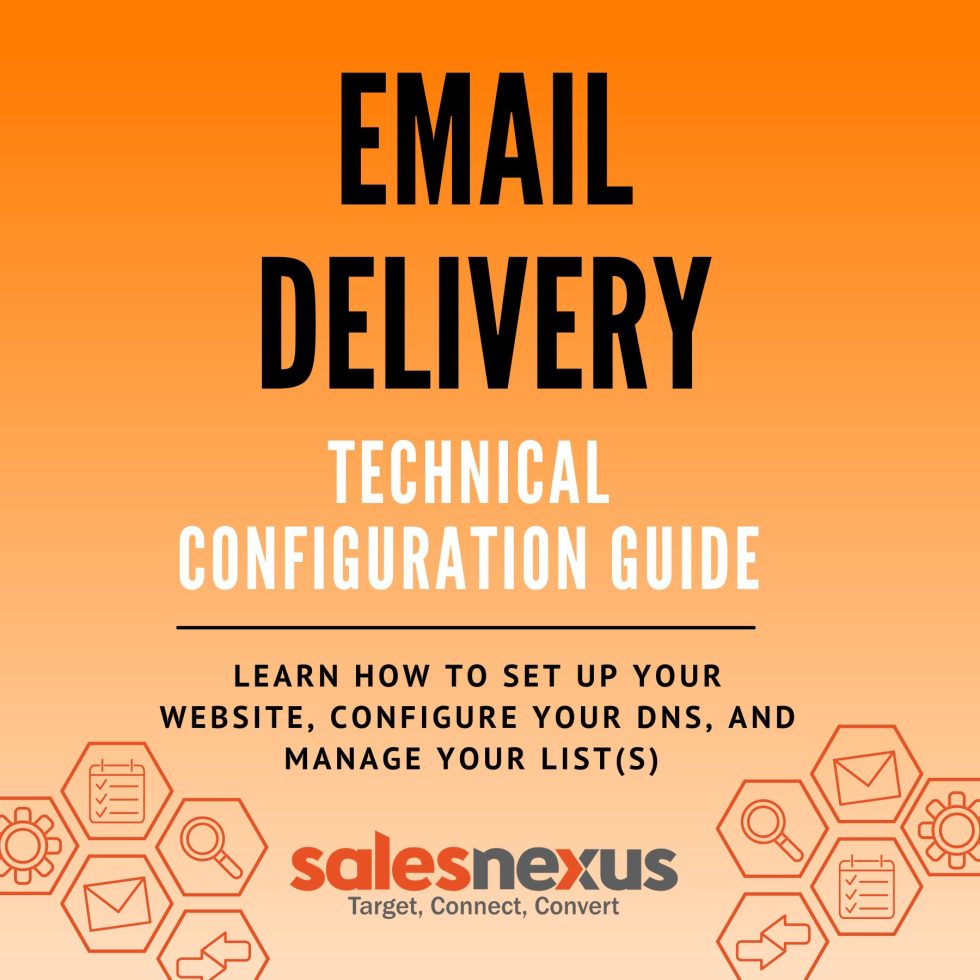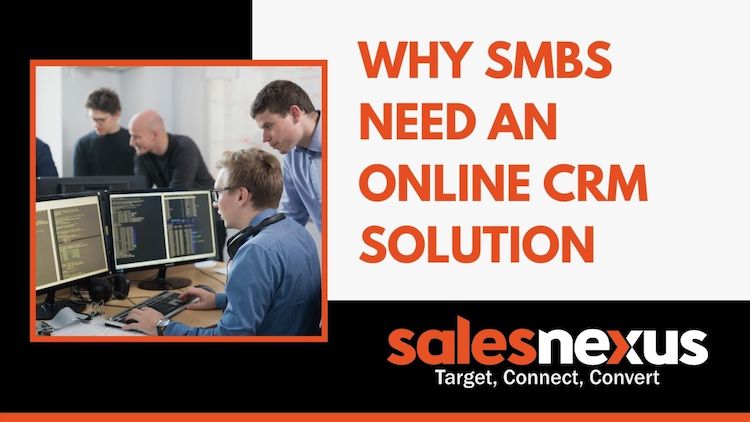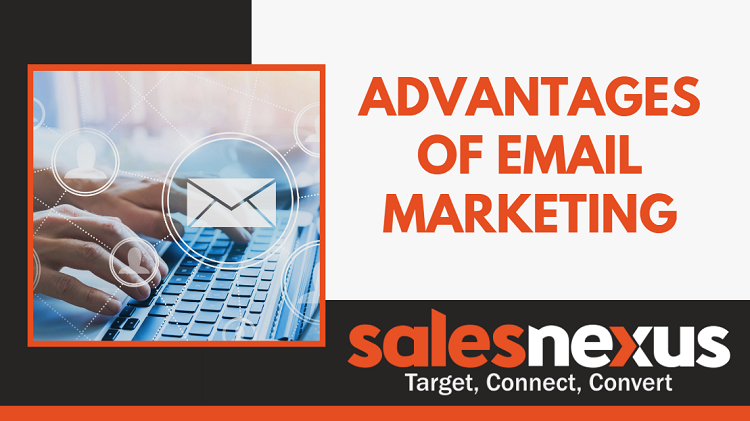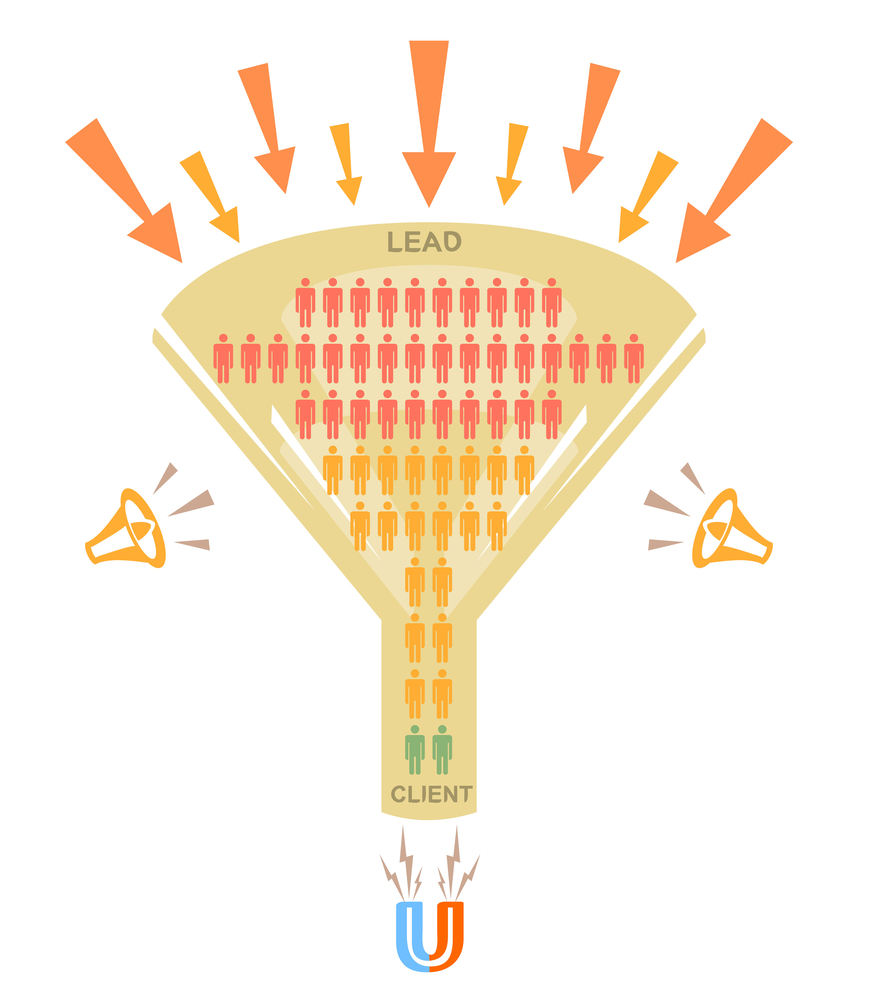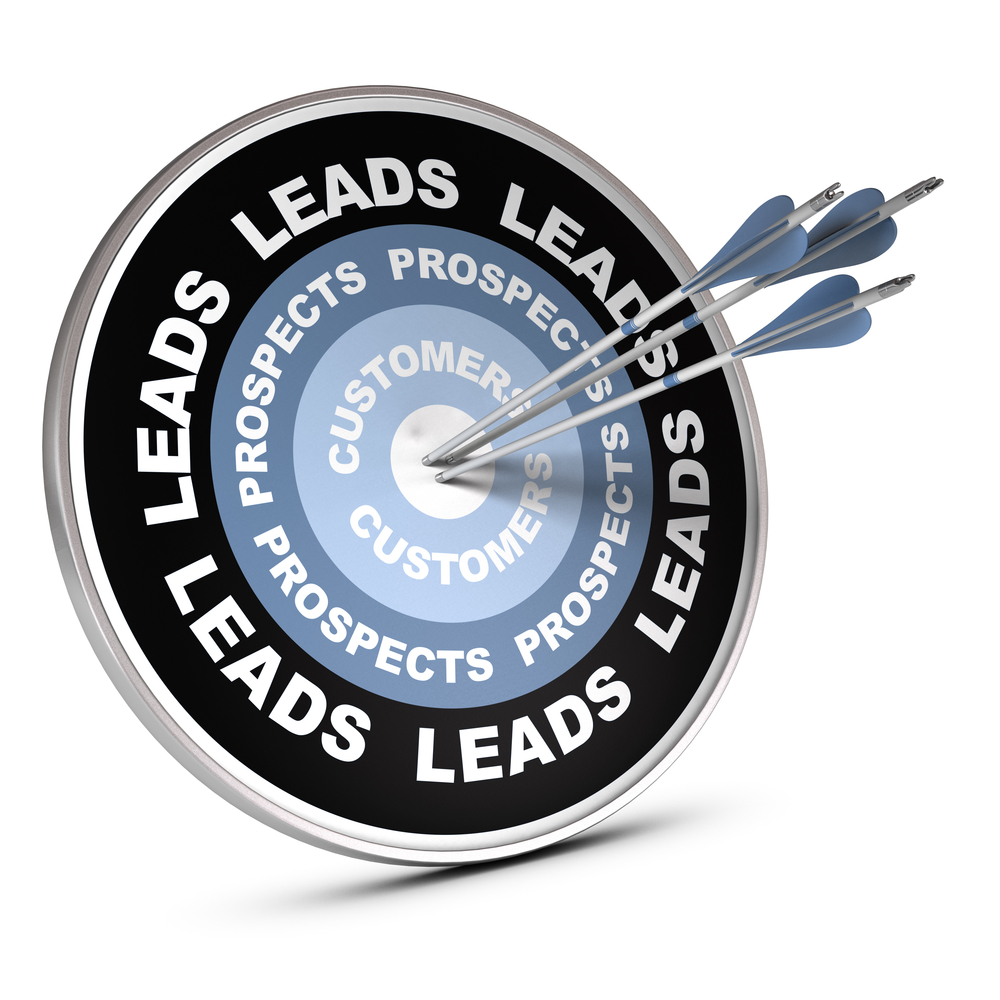EMAIL DELIVERY: Technical Configuration Guide
Success in email marketing and email delivery involves taking care of a number of details, some obvious and some essentially hidden from view. Some of the technical aspects of it can get quite confusing and overwhelming if you’re trying it out for the first time. We created this Email Delivery guide to help you […]
